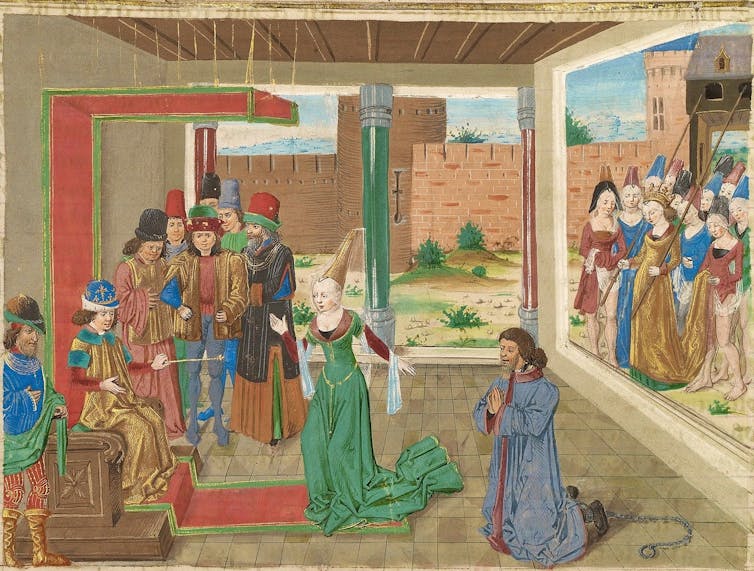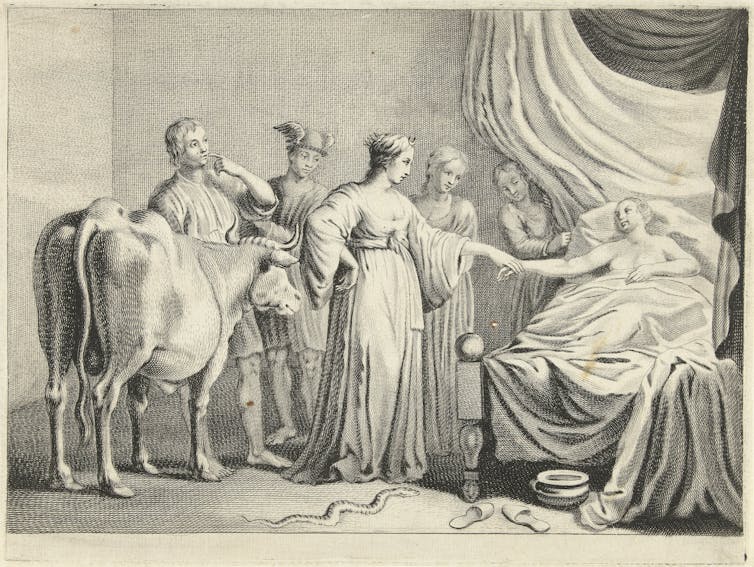The rate at which Americans are engaging with books is unprecedented. Individuals submitted petitions to remove more than 4,200 titles from public and school libraries in 2023, the highest number in a single year since the American Library Association began maintaining records on such requests more than two decades ago.
The aforementioned challenges are further exacerbated by legislation that has been recently introduced or is in the process of being introduced in a number of states. For example, the Parental Rights in Education Act of Florida forbids schools from engaging in discussions regarding sexual orientation or gender identity at numerous grade levels. Additionally, Missouri will implement a misdemeanor in 2022 for the dissemination of “explicit sexual material.” Librarians have removed materials from shelving in compliance with these mandates.
Legislative initiatives and debates are frequently initiated by literary works that are either written by or about LGBTQ+ individuals.
In April 2024, Deborah Caldwell-Stone, Director of the ALA’s Office for Intellectual Freedom, stated to The New York Times, “We are increasingly encountering challenges that assert that a book contains a homosexual character or addresses L.G.B.T.Q. themes, regardless of whether it contains sexual content.”
The parallels between contemporary and medieval censorship of homosexual texts have impressed me as an expert in the study of religion and medieval literature. Both have been influenced by the “Do not Say Gay” mentality, which posits that any discussion or exposure to LGBTQ+ topics, regardless of their presentation, poses a peril to children and society.
“Unmentionable” behaviors
In the eleventh century, European theologians and writers referred to homosexual desire and intercourse as “sodomy,” a moral transgression. The medieval classification of sodomy was expansive, in contrast to contemporary definitions. This condition, which was also known as the “crimen nefandum” or the unmentionable vice, was frequently associated with sexual or gendered offenses “against nature.”
Infuriated by the ongoing “revelation” of sodomy, theologians, preachers, and authors of courtly manuals underscored the importance of eliminating all references to “deviant” sexuality.
This censorship was intertwined with the pervasive clerical and episcopal reforms of the eleventh and twelfth centuries, despite the fact that it extended far beyond those events. Sodomy was frequently depicted as a threat to social stability within these reform movements due to its disruption of gender hierarchies. It was considered that corruption was encouraged by the close friendships among male clergy members. Homosexuality was perceived as perilous as a result of the reversal of strict gender roles, which characterized women as passive in their sexual and social roles and men as active.
From jubilation to tranquility
The suppression of homoerotic and homosexual content was the result of this apprehension regarding sodomy. The extent to which texts purportedly discussing “sodomy” were destroyed due to their sexual content is a topic of scholarly debate, as these allegations were frequently used to justify the destruction of books that censorship authorities wished to suppress.
Erasure and alteration, which comprised a diverse range of techniques, were a prevalent and pernicious manifestation of censorship. Medieval authors intentionally chose to exclude content that described homosexual intimacy and sexual relations when adapting and commenting on historical accounts from ancient Greece and Rome.

A Persian commander is depicted in the 15th-century painting “Bagoas Pleads on Behalf of Nabarzanes.” Bagoas is depicted as a noblewoman.
Getty Center/Commons on Wikipedia
The annals of Alexander the Great recount the transformation of his eunuch companion Bagoas into the woman Bagoe. The Roman poet Ovid’s “Metamorphoses” recounts the romantic resolutions of narratives that depict homosexual relationships. These resolutions were reinterpreted as cautionary anthologies.
According to a narrative by Ovid, Iphis, who was born as a female but reared as a boy, develops feelings of love and happiness for a charming young woman named Ianthe. The commentator of “The Moralized Ovid,” a medieval adaptation, appends a narrative that illustrates the inevitable discovery and punishment of such gender “trickery.”
A comparable structure is also present in early medieval texts. Certain narratives prominently displayed what would be considered queer today: male knights engaging in kissing games or young knights who are grappling with their gender identity. These stories may initially appear to glorify homoerotic relationships and gender transformation over the course of hundreds of lines, only to be “corrected” to abrupt conclusions.
“Roman de Silence” serves as an illustrative example, as it chronicles the exploits of Silence, a courageous knight who was biologically female but lived the majority of his life as a male. Silence is constrained to abandon his knighthood, marry a king, and lead a life of silent passivity by the conclusion of the poem.
Silence or condemnation?
The “unmentionable vice” was a topic of such controversy that medieval texts and teachings were hesitant to address or even critique these themes.
Typically, clerics would provide guidance to their congregation members on how to prevent the commission of particular crimes. In “Instructions for Parish Priests,” John Mirk, a 14th-century English preacher and writer, emphasized that priests should refrain from engaging in discussions regarding “sins against Kynde,” which are synonymous with nature. He stated, “You shall neither teach nor exhort about that sin within your parish.”
Other texts, including “De planctu naturae” or “The Complaint of Nature” by the 12th-century poet and theologian Alain de Lille, were more explicit in their condemnation. A scathing assault is initiated by the poem through the use of metaphors that simultaneously condemn, describe, and obfuscate homosexual desire (e.g., “He strikes an anvil that does not accept seeds”.
The medieval theologians and writers were of the opinion that they could eliminate “deviant” sexual orientations and gendered conduct by regulating information access. It would be logical to assume that no one would ever be aware of sodomy, let alone participate in it, if we were to refrain from discussing it, including its condemnation.
The records are plainly apparent.
Certainly, the number of historical records pertinent to the lives of homosexual individuals since the Middle Ages is greater than the majority of individuals believe.

Iphis is reclining in his bed as the divinity Isis transforms her into a youthful male in anticipation of her matrimonial union with Ianthe.
Narratives that challenged the conventional notions of gender, sex, and desire flourished, despite the concerted efforts to suppress the broad array of perspectives and experiences that categorized the Middle Ages.
